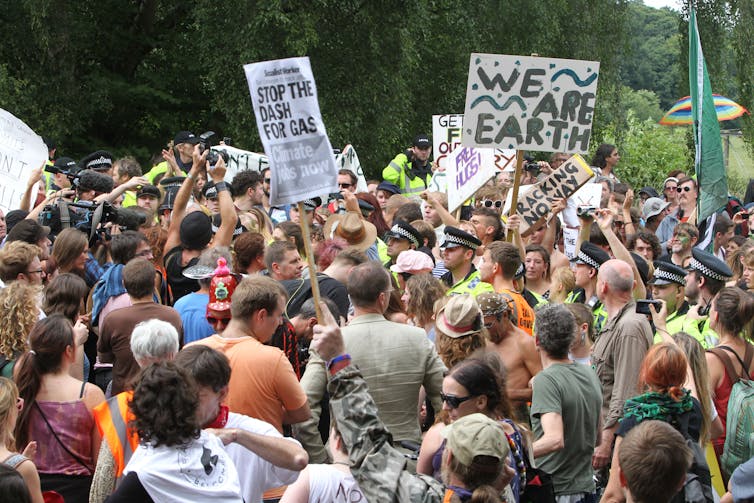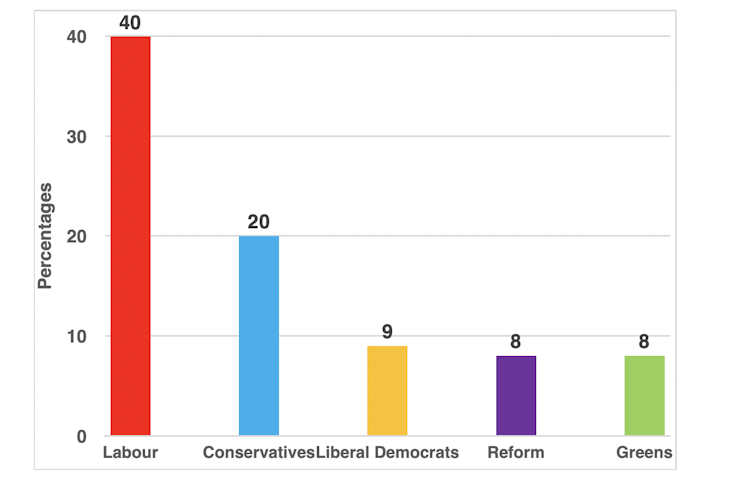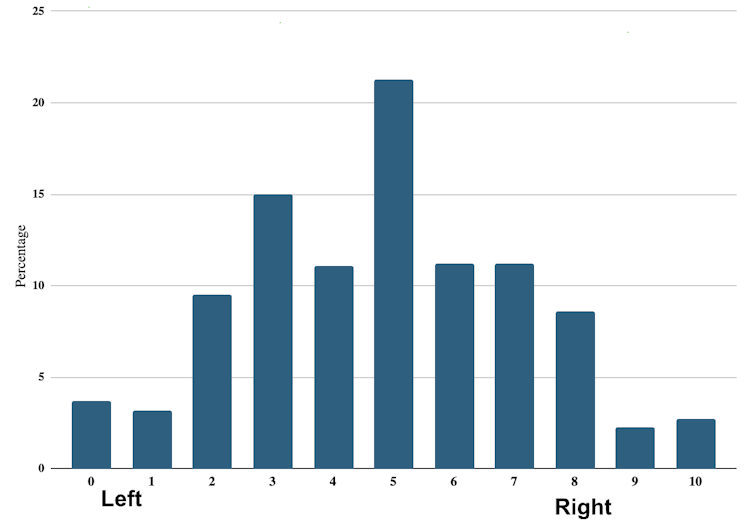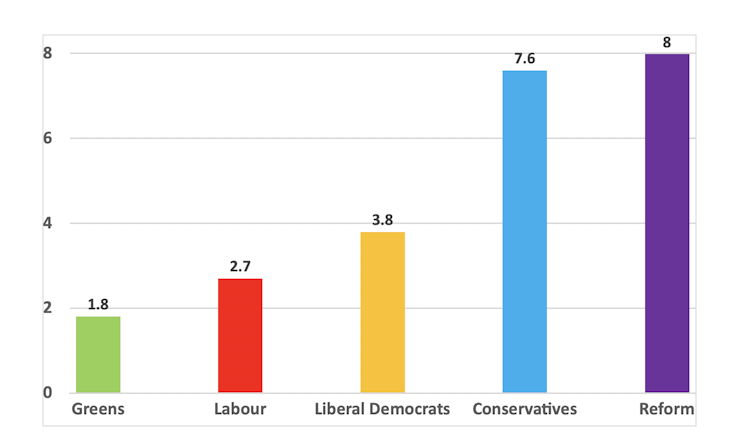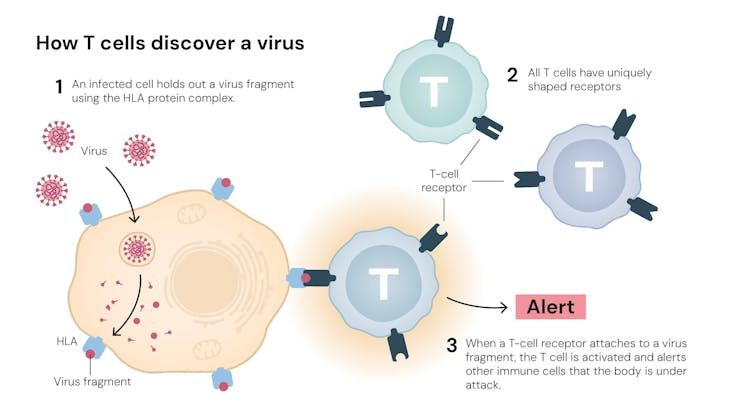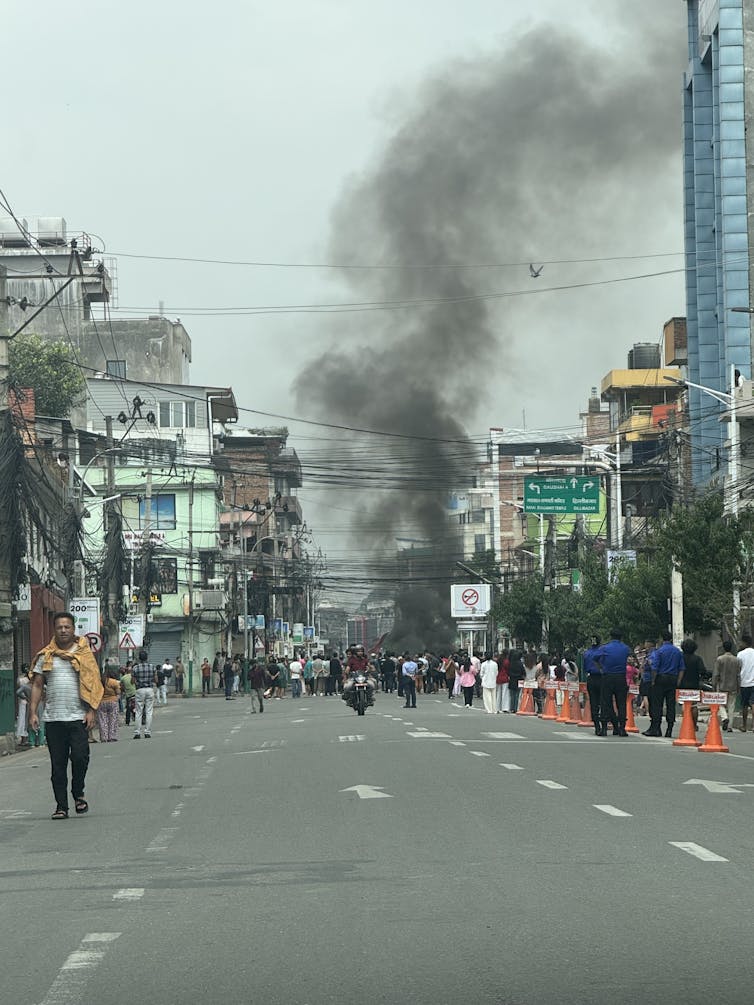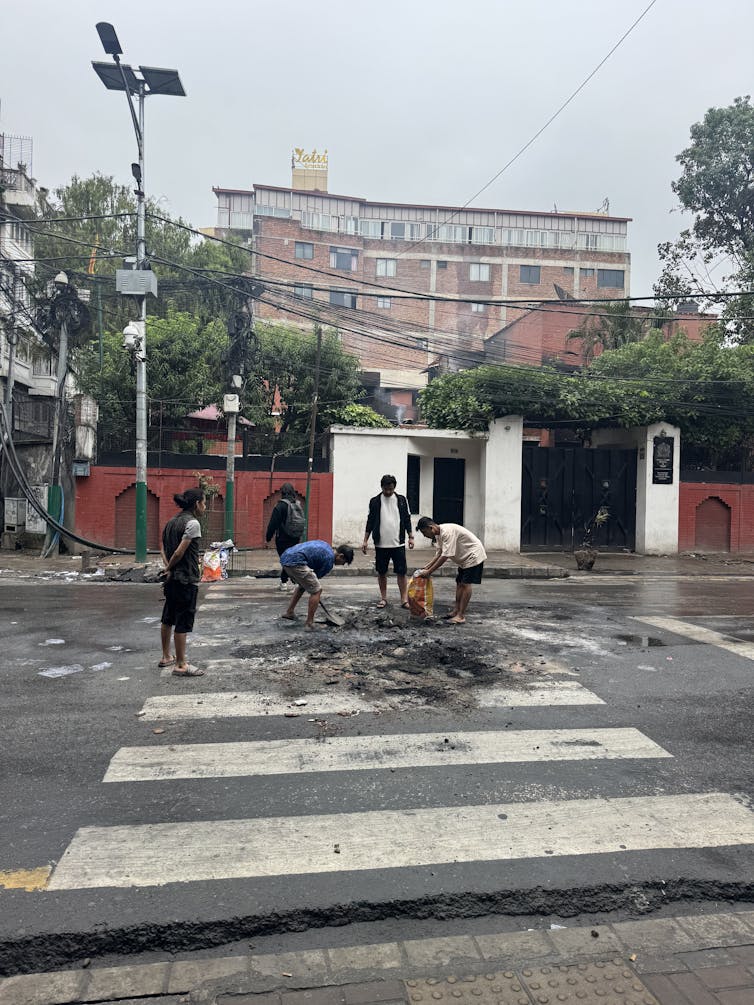Source: The Conversation – UK – By Mark Gatto, Assistant Professor in Critical Organisation Studies, Northumbria University, Newcastle
Warning: this article contains spoilers.
In One Battle After Another, three characters (Bob Ferguson, Colonel Steven Lockjaw and Sergio St Carlos) represent three different models of fatherhood.
Fatherhood is a timely theme. The place of men in society is being debated and challenged by polarising figures from both sides of the political spectrum.
One side promotes a regressive vision of the patriarchal man harking back to ideals of fathers as dominant breadwinners and protectors. The other side argues for caring masculinity, involved fatherhood and men taking responsibility in their communities to break the cycle of intergenerational gender inequity.
This is a battle for hearts and minds, and such battles are rarely won with stats and figures. As the success of TV shows like Adolescence has demonstrated, there is nothing like a great story to cut through political stagnation and reach a wider audience.
One Battle After Another offers another opportunity to reflect on the past, present and future of fatherhood. This is established territory for director Paul Thomas Anderson, whose masterpiece There Will be Blood (2007) depicts the complex and dysfunctional relationship between Daniel Plainview (Daniel Day-Lewis) and his adopted son, H.W (Dillon Freasier). The gut-wrenching scenes of paternal abandonment in that film offer an enduring example of the all-too-familiar “absent father”.
Lockjaw: the absent father
The absent father is a culturally embedded version of masculinity present in many popular films, that has been experienced by generations of children. TV series like Mad Men (2007) have explored a simultaneously utopian and dystopian version of 1960s fathers as emotionally absent.
In One Battle After Another, actor Sean Penn’s visceral depiction of the aptly named Colonel Steven Lockjaw provides an extreme example of patriarchal fatherhood: absent yet casting a dreadful shadow over a family. Lockjaw is driven to bloody revenge in pursuit of his biological daughter, a daughter he has had no hand in raising.
We know from studies on absent fathers that such absence can have a lifelong effect on children. Lockjaw, with his bizarre behaviours and fawning pursuit of neo-Nazi recognition, offers an allegory for the current rise of alt-right masculinity as jarringly jingoistic and egoist.
Such satire is valuable but also aligns with existing critiques of the manosphere. We need only look to Elon Musk’s infamous hand gesture at the second inauguration of Donald Trump, and his later appearance with his son in the oval office to conjure similarly disturbing visuals of fatherhood. This film breaks newer ground with its depiction of flawed father involvement and the less researched community leadership.
Bob Ferguson: the involved father
Involved fatherhood has been researched for many decades. The triad of a dad’s interaction, availability and responsibility with and for their children is the core criteria.
With Leonardo DiCaprio’s Bob Ferguson, we are introduced to a relatable, “good enough” involved father. He is the product of state hostility to father involvement. Research has shown that the intent of fathers to be involved is often stifled by patriarchal gender norms and workplace stigma.
As an involved father, single dad Bob comfortably meets two of the three criteria – he is physically and emotionally engaged with his daughter, Willa (Chase Infiniti). His enduring presence is partial evidence of responsibility. However, we also see the deleterious impact his drug and alcohol abuse has had on his role as responsible caregiver. The roles have reversed for him and 16-year-old Willa. Bob’s version of involvement is symbolic of the father that cares and stays, but is flawed and unsupported.
Sergio St Carlos: the caring father
Finally, we come to Benicio del Toro’s, Sergio St Carlos, a Karate sensei, Willa’s teacher and father to the community. Offering a counternarrative to bombastic male leaders, Sergio calmly resists tyranny. As a leader, he might be interpreted as emblematic of the much-vaunted male role model, yet Sergio is also flawed. He drinks and drives, leaves much domestic care to his family and revels in his role as antagonist to the law. Yet, such flaws allow this caring father to feel recognisable, relatable and attainable.
Researchers have been writing about caring masculinities for years. Central to understanding this idea is the prioritisation of caring values of positive emotion, interdependence and relationality, and the rejection of domination.
In Sergio, we find a father who cares for his family and his community. Through him, we see a new depiction of fatherhood as the role of a caregiver and care receiver in harmony with his wider community.
Such admirable qualities may seem utopian and fantastical, yet these dads exist. Close to where I live, North East Young Dads and Lads offers a community lifeline to young dads: many later become support workers. One Battle After Another reminds us that community fathers can make a real difference.
Looking for something good? Cut through the noise with a carefully curated selection of the latest releases, live events and exhibitions, straight to your inbox every fortnight, on Fridays. Sign up here.
![]()
Mark Gatto received funding from BA Leverhulme from 2022-2024.
Mark Gatto is an Academic Board member for Working Families
– ref. One Battle Another: Sean Penn, Leonardo DiCaprio and Benicio Del Toro explore three visions of fatherhood – https://theconversation.com/one-battle-another-sean-penn-leonardo-dicaprio-and-benicio-del-toro-explore-three-visions-of-fatherhood-266858



